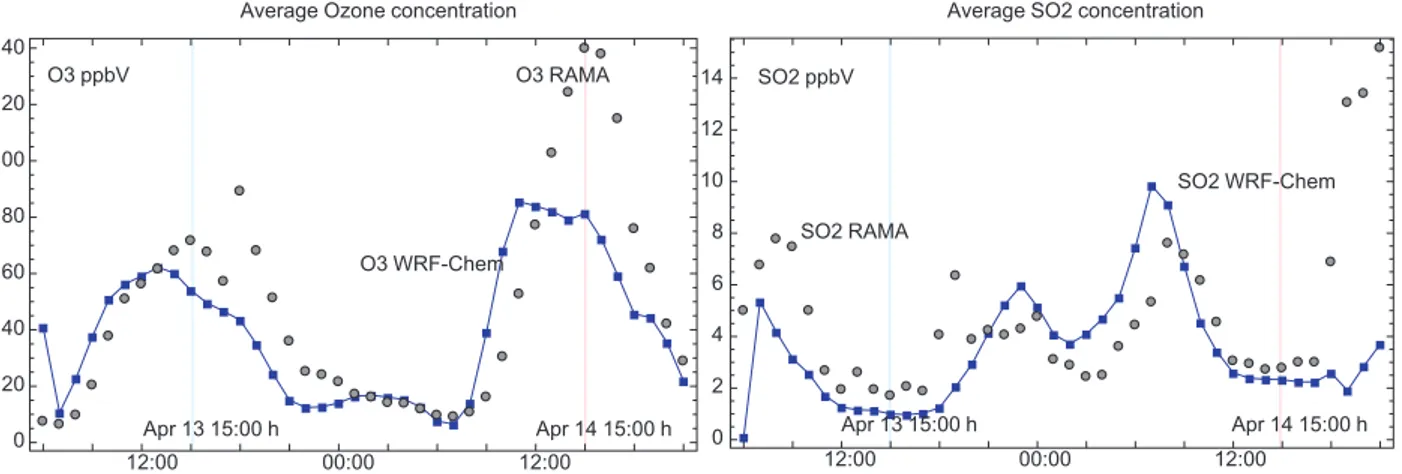Implementation of the Unified Post Processor (UPP) and the Model Evaluation Tools (MET) for WRF-chem evaluation performance
Texto completo
Figure



Documento similar
The potential of the proposed architecture is demonstrated with the implementation and evaluation of a heterogeneous V2I communications algorithm that improves
The population has the right to know the power relations that condition, from the outset, the information they receive and the right to have at their disposal
1. S., III, 52, 1-3: Examinadas estas cosas por nosotros, sería apropiado a los lugares antes citados tratar lo contado en la historia sobre las Amazonas que había antiguamente
MD simulations in this and previous work has allowed us to propose a relation between the nature of the interactions at the interface and the observed properties of nanofluids:
The expansionary monetary policy measures have had a negative impact on net interest margins both via the reduction in interest rates and –less powerfully- the flattening of the
Jointly estimate this entry game with several outcome equations (fees/rates, credit limits) for bank accounts, credit cards and lines of credit. Use simulation methods to
In our sample, 2890 deals were issued by less reputable underwriters (i.e. a weighted syndication underwriting reputation share below the share of the 7 th largest underwriter
In the previous sections we have shown how astronomical alignments and solar hierophanies – with a common interest in the solstices − were substantiated in the